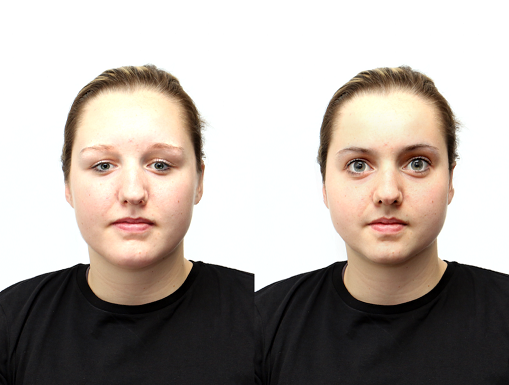Self Perception
In a recent publication we made use of the advantages of the reverse correlation approach by applying the same random vectors to the faces of different participants. Participants were asked to repeatedly click on the portrait that better represents themselves. Averaging all the faces participants selected allowed us to model how they see themselves. Results of this first study using this method to measure the direction of self-perception distortions showed that male and female individuals self-enhance on both Big Two dimensions, namely agency and communion. I am excited about this paper because it is the first to measure self-enhancement regarding different personality dimensions without any external standard of comparison (such as evaluations by other individuals or participants’ evaluation of the average other). Thus, it paves the way to different novel projects focusing on inter-group, inter-individual, and intra-individual (situational) differences in self-perception. Given the benefits of self-enhancement, namely happiness and caring about the self and others, investigating individuals who have especially positive self-perceptions and situations that facilitate self-enhancement seems to be a critical endeavor.

Key publication:
Walker, M. & Keller, M. (2019). Beyond attractiveness: A multi-method approach to study enhancement in self-recognition on the Big Two personality dimensions. Journal of Personality and Social Psychology, 117(3), 483-499. http://dx.doi.org/10.1037/pspa0000157